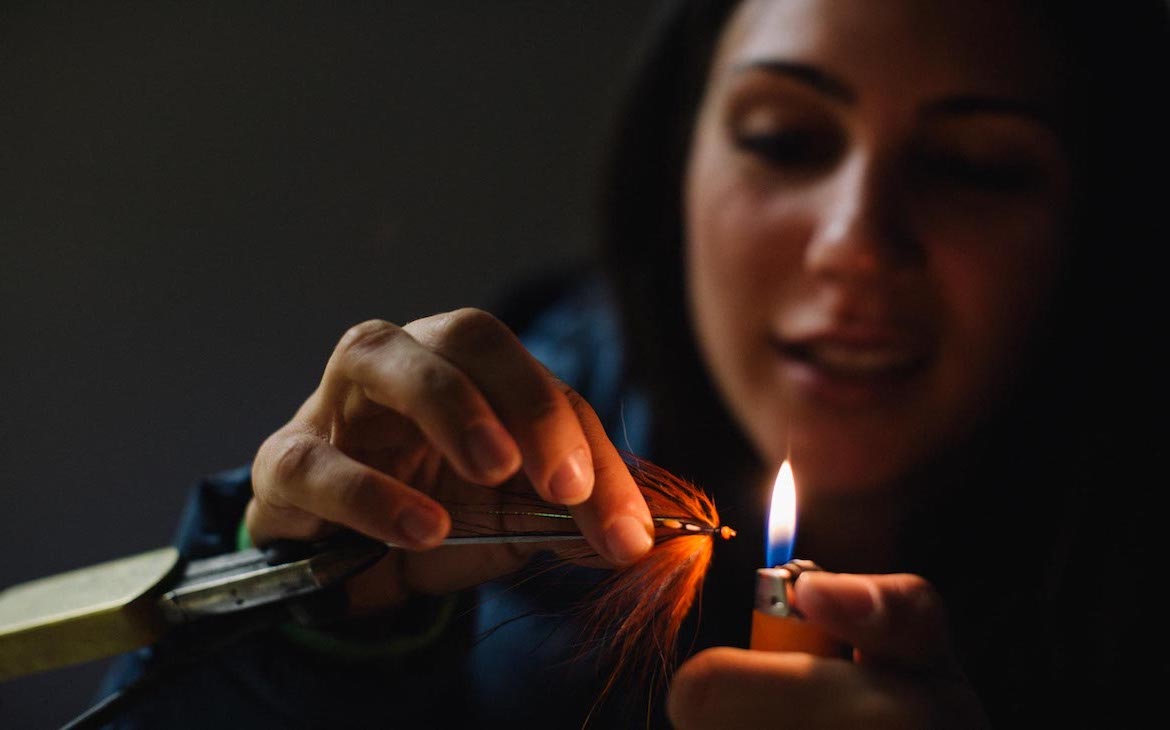Fly fishing is a sport that’s always on the move. We’re constantly learning from the past, tweaking things, and making them our own. Take a look at how fly designs have transformed, for instance. That’s where tube flies enter the scene, bringing a bunch of advantages along with them.
What is a Tube Fly?
Simply put, a tube fly isn’t tied onto a traditional hook shank. Instead, it’s constructed around a tube, onto which you can attach your choice of hook. And while this sounds simple enough, the list benefits are lengthy.
Advantages of Tube Flies
As I mentioned, there are lots of reasons to use tube flies. Here are a few of my favourites:
Modern Tools and Materials
With the rise of tube fly popularity, tools adapted. No longer do you need a specialized vise. With the right adapter, your regular vise is all you need. As for materials, the market offers a plethora, from brass to plastic tubes. And while there’s a wealth of options out there, remember: they all work, and the fish won’t spot the difference.
Using a Tube Fly
Now, let’s talk about how you can use it. Tube flies offer anglers a unique advantage because they provide flexibility. Here’s how it works:
So, even if you’re new to fly fishing, tube flies are worth knowing about because they can make your fishing experience more versatile and exciting, allowing you to adapt to different situations and increase your chances of a successful catch.
The Tube Fly Verdict
At the end of the day, tube flies are not just a trend; they represent a significant leap in fly fishing innovation. They offer unparalleled versatility, better catch-and-release practices, and even cost savings in the long run. So next time you’re at your tying table, give tube flies a whirl. Whether you’re targeting steelhead, salmon, or even marlin, they might just be the game-changer you’re looking for.





